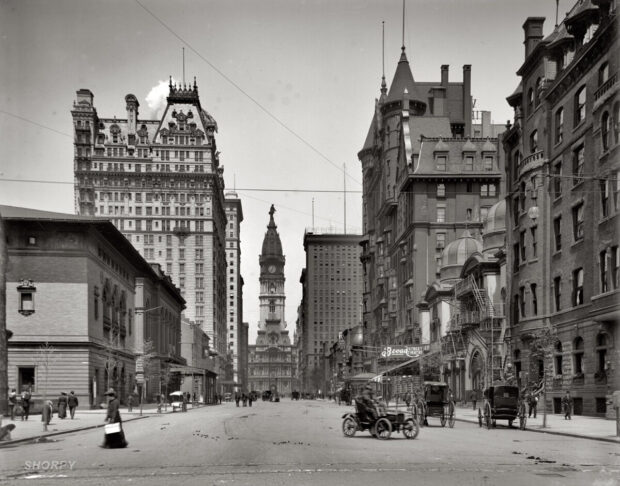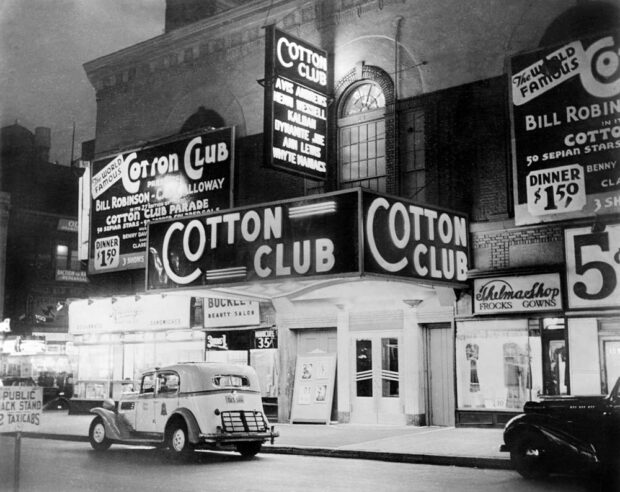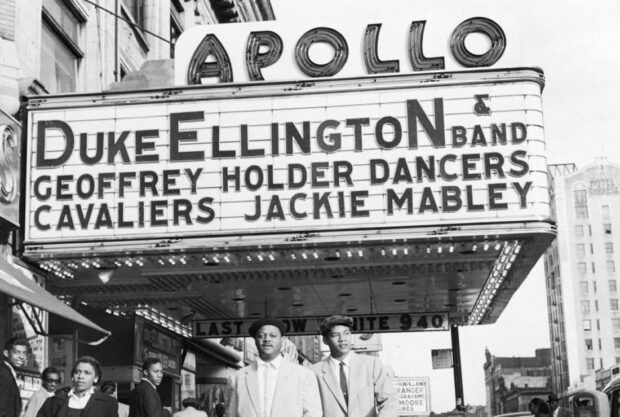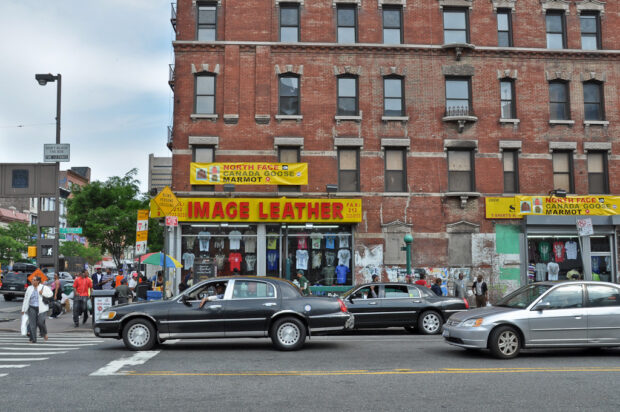The area of present-day Harlem was once inhabited by Dutch farmers, and until the early 19th-century Dutch cattle were grazed and Dutch cheeses were brewed. Over time, the land gave up all its juices, the Dutch farmers abandoned it, and in place of the pastures the apartment buildings grew, which the owners did not hurry to occupy – the area was still on the outskirts. Soon after, housing prices in Harlem fell and houses were finally found to be owned by black people, not only from other parts of New York but also from southern America and the Caribbean.

In the 1920s, Harlem finally became the capital of black culture and gained fame in the ghetto. However, for the same period, there is also the so-called «Harlem revival».
This era in the life of the district is characterized by a surge of Black literature and art, which resulted not only in the appearance of landmark works of literature and music, but also gave rise to a whole direction in the world music culture – jazz. But with the onset of the Great Depression, the area became an outspoken slum, particularly in the eastern part, which, due to the massive emigration of Puerto Ricans, became known as Spanish Harlem or El Bario.
READ: The History of Prohibition in the United States: Its Influence on the Image of the American Mafia
Harlem owes his resurgence in the 1990s to the then Mayor of New York City, Rudolph Giuliani, who managed the unrest and crime in the area. Since then, Harlem has become, if not a prestigious, then quite a decent neighborhood surrounded by a halo of romantic fame. Today in Harlem there are young people of creative professions, and shops of aspiring designers are opened. The final nail in the coffin of Harlem’s past was the opening of his office at 55 West 125th Street by former United States President Bill Clinton in 2001.
Harlem’s main street is King Street. And, although it’s called the 125th prosaic in the city’s maps, no one is surprised that locals named it after Martin Luther King, an African-American rights activist, dreamer, and Baptist preacher who was murdered in 1968. This is the street where you start meeting Harlem.
Near the 125th Street Metro Station, there is a strange little building, the purpose of which bewilders the guests of the city, whether it is a heating station or a submarine from the 1st World War. This is what the legendary «CottonClub» looks like, the most famous Harlem tourist attraction with an amazing history.

«Cotton Club» opened the notorious gangster Owney Madden in 1923 at West 125th Street with provocative number 666.
READ The Ringling Bros. and Barnum & Bailey Circus
The name refers to cotton plantations where slaves brought to America worked. The club was also full of people, with Duke Ellington’s orchestra playing jazz, and Madden’s thugs keeping order, so that white people at the club could listen to jazz without excesses. After all, the club became a gathering place not only for the secular New Yorkers of Lower Manhattan but also for jazz fans from all over the world. Now the club is allowed without racial restrictions, and there is also a lively, very high-quality jazz mainstream, next to a souvenir shop with thematic trinkets.

Another notable attraction is the theatre «Apollo».
At the beginning of the 20th century, it was a common variety and was renowned for discovering new talents among the black people of Harlem every Wednesday. It was the first time that Ella Fitzgerald, Jackson Five, and Stevie Wonder performed in public. Now in plans of Harlems open next to «Apollo» National Museum of Jazz. The museum will include photographs, films, and audio and video recordings of concerts.
The Harlem Cultural Centre is the Harlem Studio Museum, located between Lenox Avenue and 7th Avenue. The museum hosts, without interruption, exhibitions of contemporary African-American artists and photographers.
READ TOP 20 Best Films Set in New York
Lenox Avenue is a wide avenue with low buildings. This is the location of several Harlem Food Centres that could be recommended to tourists. The first is Sylvia’s, a good African cuisine restaurant. The second is Bayou, which represents Creole cuisine.

125th Street
One block away from 125th Street in Harlem is the Marcus Garvey Memorial Park. The park is named after the Black Nationalist Major of the early 20th century. The park is a favorite resting place for local residents, where you can relax and listen to live music.
Tourists often wonder how safe it is in Harlem. Many people still believe that New York is a very dangerous city. In the 80s and 90s, it was much more dangerous here. Now everything is completely different. New York is one of the safest cities in the United States. Harlem was considered one of the most criminal neighborhoods in the city, but nowadays that has changed. Bill Clinton’s personal office is located here.
Since Harlem is located north of Central Park, you will need to take the tube to get to Midtown. If you need to return to Harlem, New York at night, it is safer to take a taxi. Although the area is generally safe these days, I do not recommend walking here at night. If you want to book a hotel in Harlem, then take a look at Aloft Harlem.
Like us on Facebook for more stories like this: